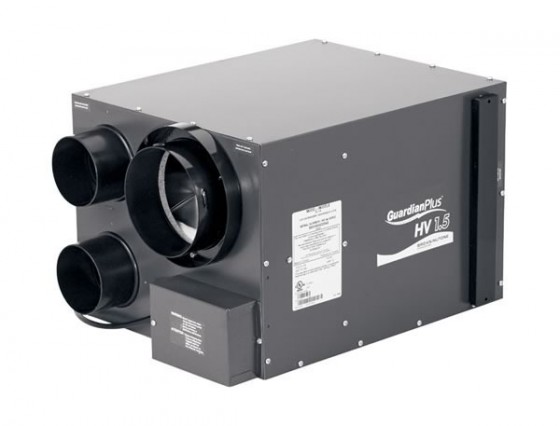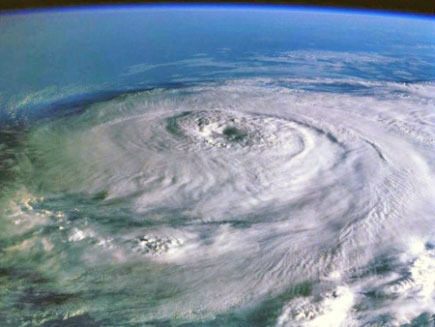An air exchanger is a device that transfers stale air from inside a home to outside, and fresh air from outside to the inside. Air exchangers are often large and built directly into a home’s foundation in order to provide maximum fresh air levels at all times. This is important because indoor air is often five times more polluted than outside air, in both urban and rural areas. Also, energy is often wasted and heating/cooling costs high as doors and windows are often left open in order to freshen the air in the house or reduce humidity levels. An air exchanger can eliminate these problems.
How Air Exchangers Work
In a typical air exchanger, fresh air is brought into the house via one or more ports and is directed into a chamber. At the same time, stale air from inside is brought into a separate chamber parallel to the intake chamber. The stale air is then ejected from the air exchanger and recycled outside while the fresh air is allowed into the building.
Heat Recovery Ventilators
A heat recovery ventilator is the most common type of air exchanger and behaves in the same way described above. The main feature that separates heat recovery ventilators from other types of air exchangers is that they transfer heat from the exhaust air to the intake air before the two are exchanged. In this type of air exchanger, exhaust air surrounds the intake chamber instead of being contained in its own chamber. This is because the chamber itself is made from metal or some other highly conductive material and allows heat from the stale exhaust air to be transferred to the fresh intake air. Heat recovery ventilators are often used in colder climates to reduce heating costs.
Energy Recovery Ventilators
An energy recovery ventilator is another type of air exchanger and works in nearly the exact manner as a heat recovery ventilator. However, it can transfer both heat and humidity from one airstream to the other. Energy recovery ventilators are most often used in warmer climates, but anyone can use them due to their ability to alternate functions between seasons. In colder seasons, energy recovery ventilators act as heat recovery ventilators and transfer heat from the exhaust air to the intake air. In warmer seasons, however, energy recovery ventilators transfer heat from the intake air to the exhaust air, cooling intake air water molecules and drawing out the moisture. This moisture is collected in a container as liquid water and dispensed manually or via a pump.
Advantages and Disadvantages
Air exchangers have several advantages. They improve air quality while reducing HVAC (Heating, Ventilating, and Air Conditioning) costs all year. Air exchangers make it easier to breathe and help to keep the house at a constant temperature. However, air exchangers also have several disadvantages. Air exchangers are often large and bulky, although their sizes vary. Also, air exchangers are usually installed in newer houses during construction, although various models exist that can be installed or operated at any time. The user must also frequently dispose of the waste-water collected from humid air. Their main disadvantage is that they are expensive, often costing over one thousand dollars.




Follow Us!